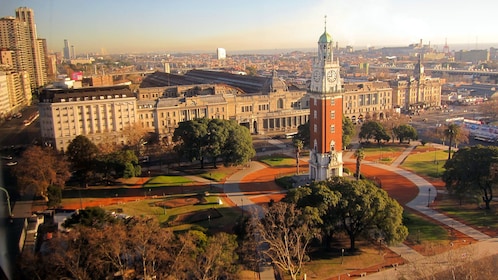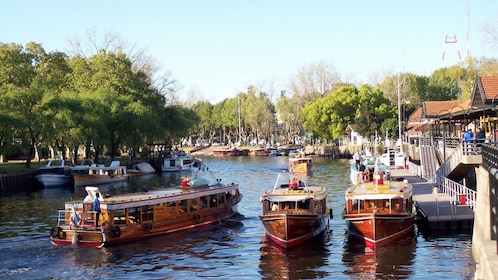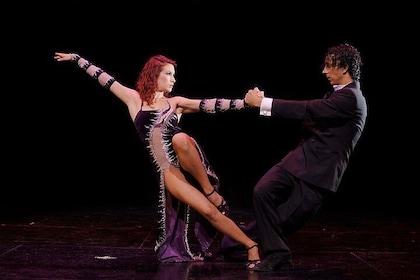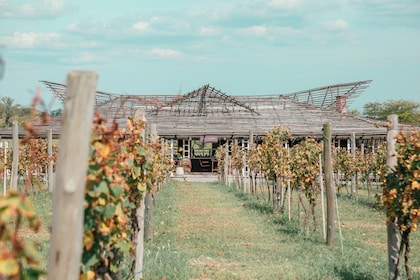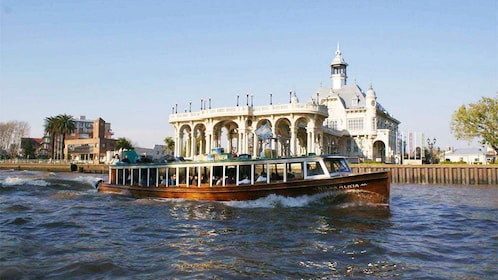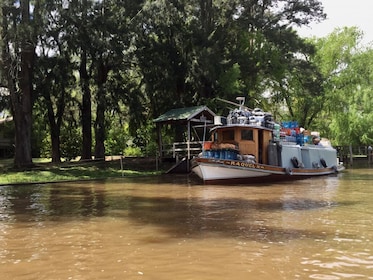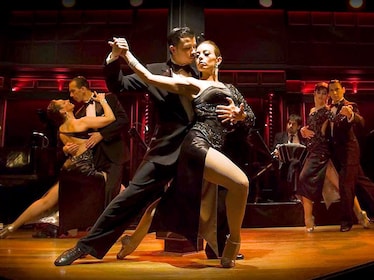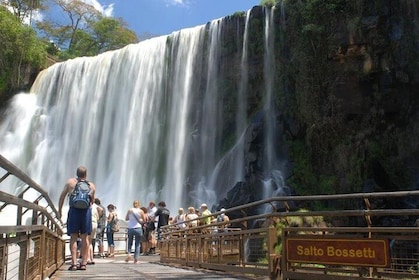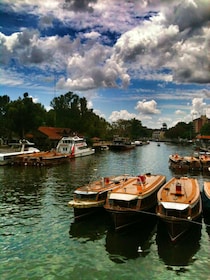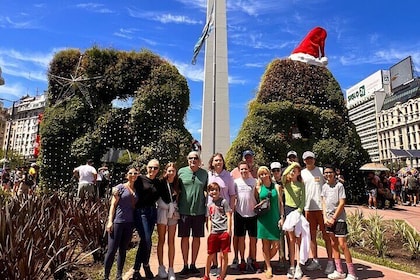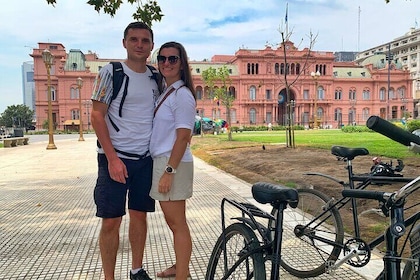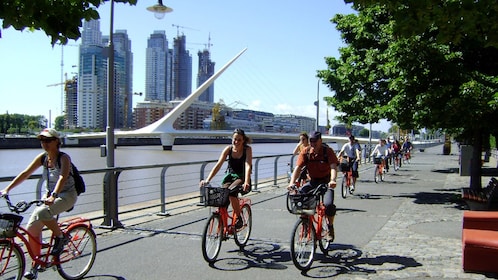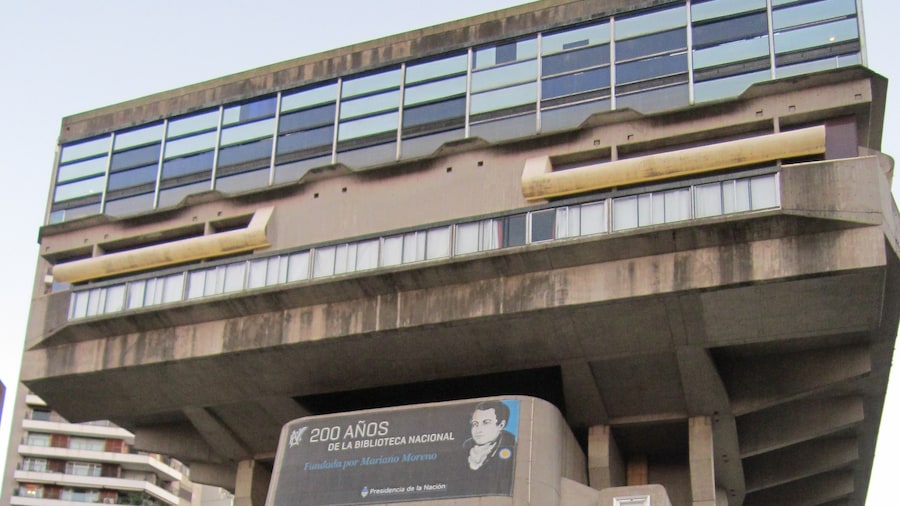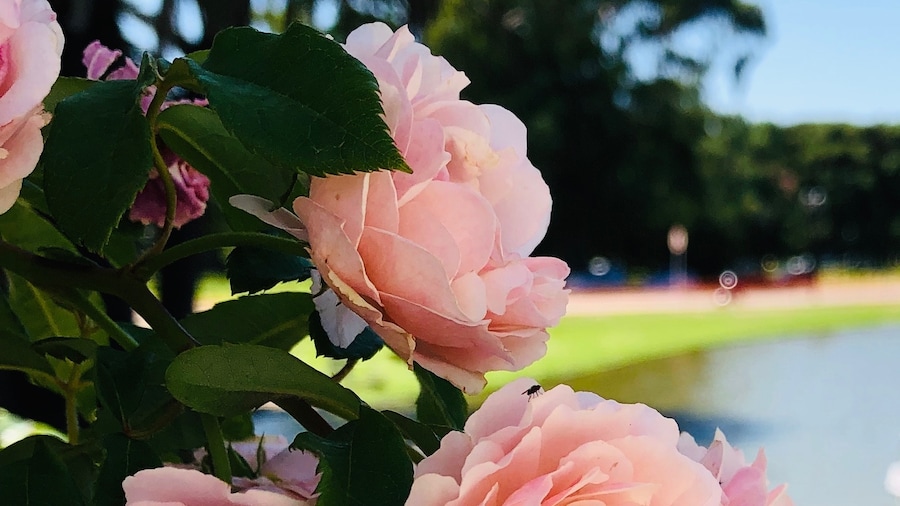布宜诺斯艾利斯拉丁美洲艺术博物馆




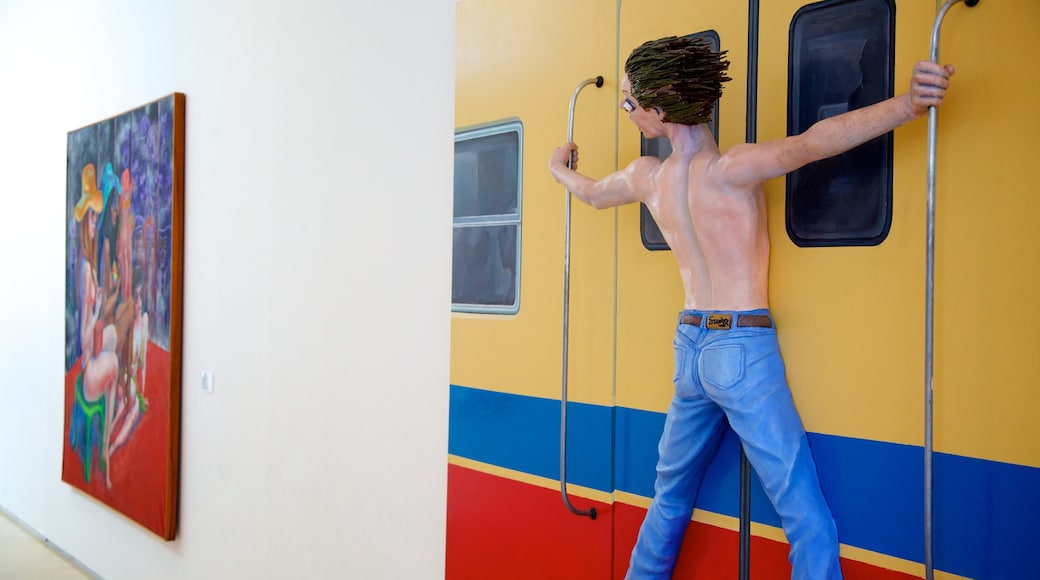
游览布宜诺斯艾利斯拉丁美洲艺术博物馆
观光一日游
查看所有 186 项活动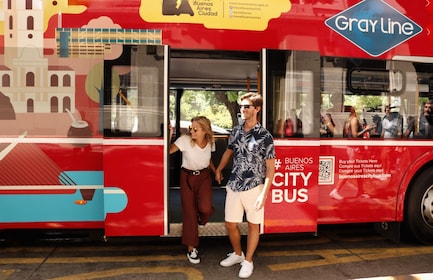
布宜诺斯艾利斯上上下下城市巴士之旅
活动时长为 1 天
7.8 分,满分 10 分,46 条点评
可免费取消
历史和文化
查看所有 129 项活动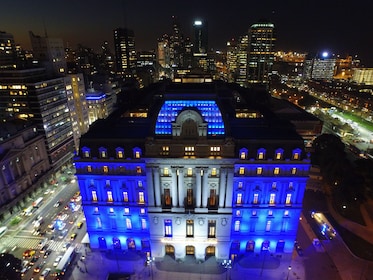
布宜诺斯艾利斯夜景高级城市游
活动时长为 3 小时
9.2 分,满分 10 分,8 条点评
可免费取消
私人和定制之旅
查看所有 22 项活动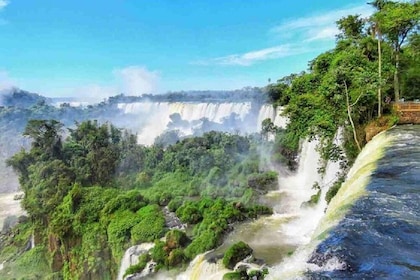
私人全日伊瓜苏瀑布之旅:难忘的经历
活动时长为 15 小时 30 分钟
10.0 分,满分 10 分,8 条点评
假日和季节性观光团
查看所有 19 项活动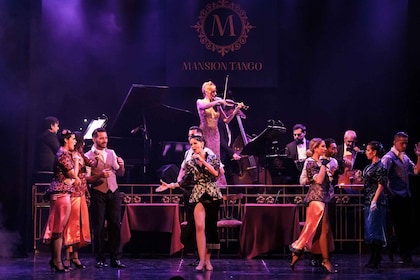
布宜诺斯艾利斯:Mansión Tango 表演
活动时长为 1 小时 30 分钟
9.0 分,满分 10 分,2 条点评
可免费取消
户外探险
查看所有 14 项活动
套餐:3 天 2 晚:从布宜诺斯艾利斯出发游览卡拉法特
活动时长为 22 小时 59 分钟
热门景点

Monumento a Los Españoles
前往Monumento a Los Españoles游览一番,了解关于布宜诺斯艾利斯的历史。 在这活力地区,探索热门艺术场所和商店。
热门酒店优惠

阿尔韦阿尔宫殿酒店
Avenida Alvear 1891, Buenos Aires, Capital Federal

Up Barrio Norte
1064 Riobamba, Buenos Aires, CABA
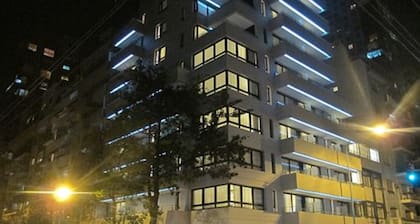
布尔内斯艾蔻酒店
Bulnes 1905, Buenos Aires, Capital Federal

Up 拉普里达 - 仅限成人
1429 Laprida, Buenos Aires, Cdad. Autónoma de Buenos Aires

卢达旅馆
2785 Silvio L. Ruggieri, Palermo, Buenos Aires
基于过去 24 小时内找到的、2 位成人 1 晚住宿的每晚最低价格。价格和供应情况可能会有所变动。可能需遵守其他条款。
